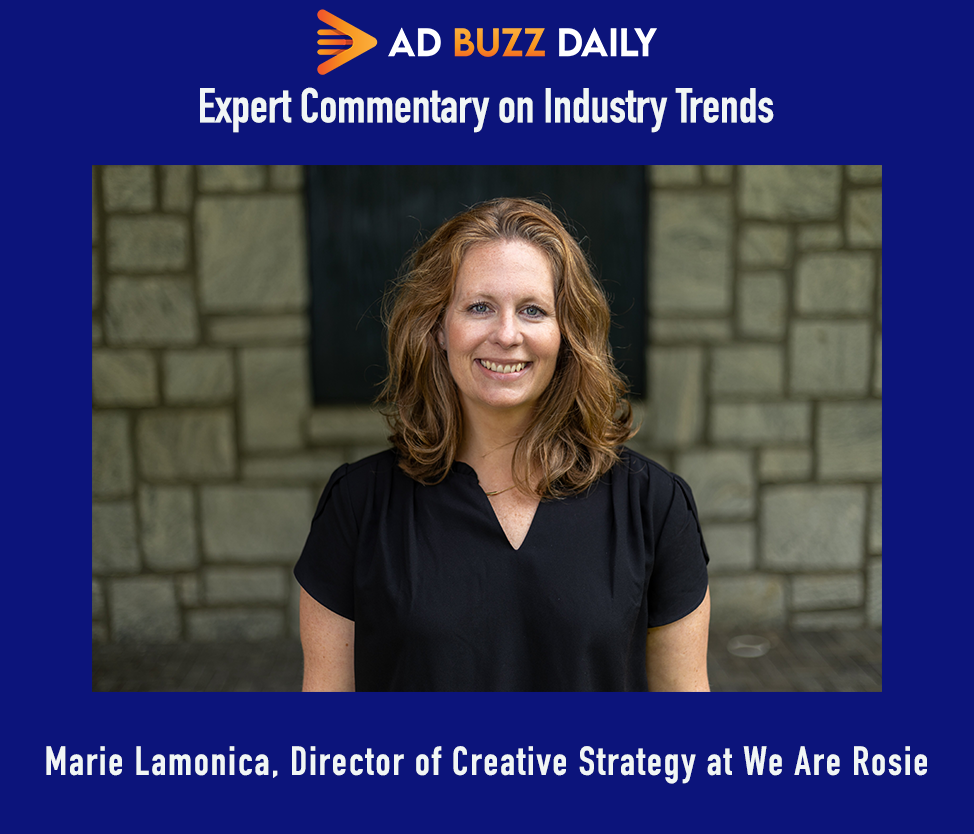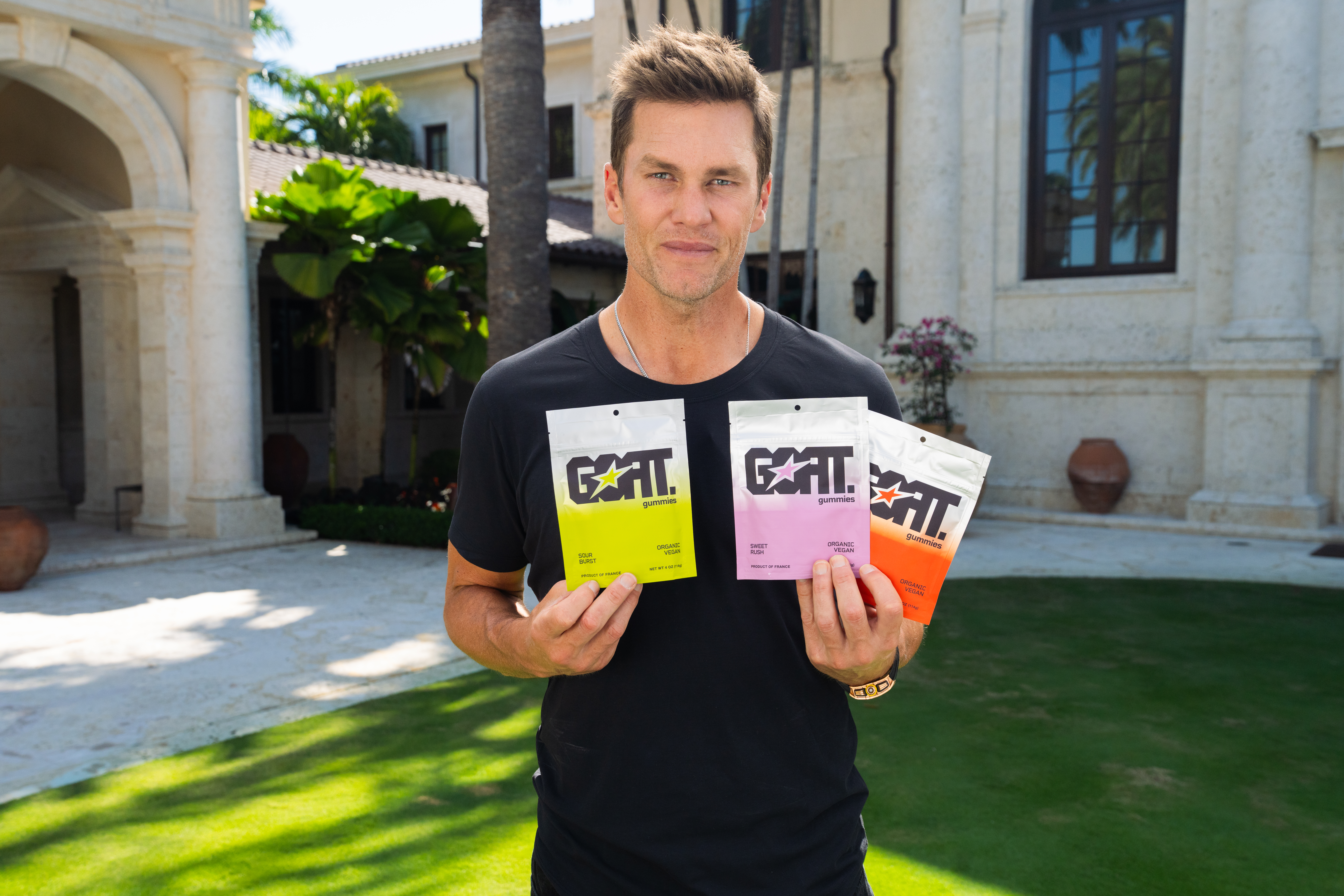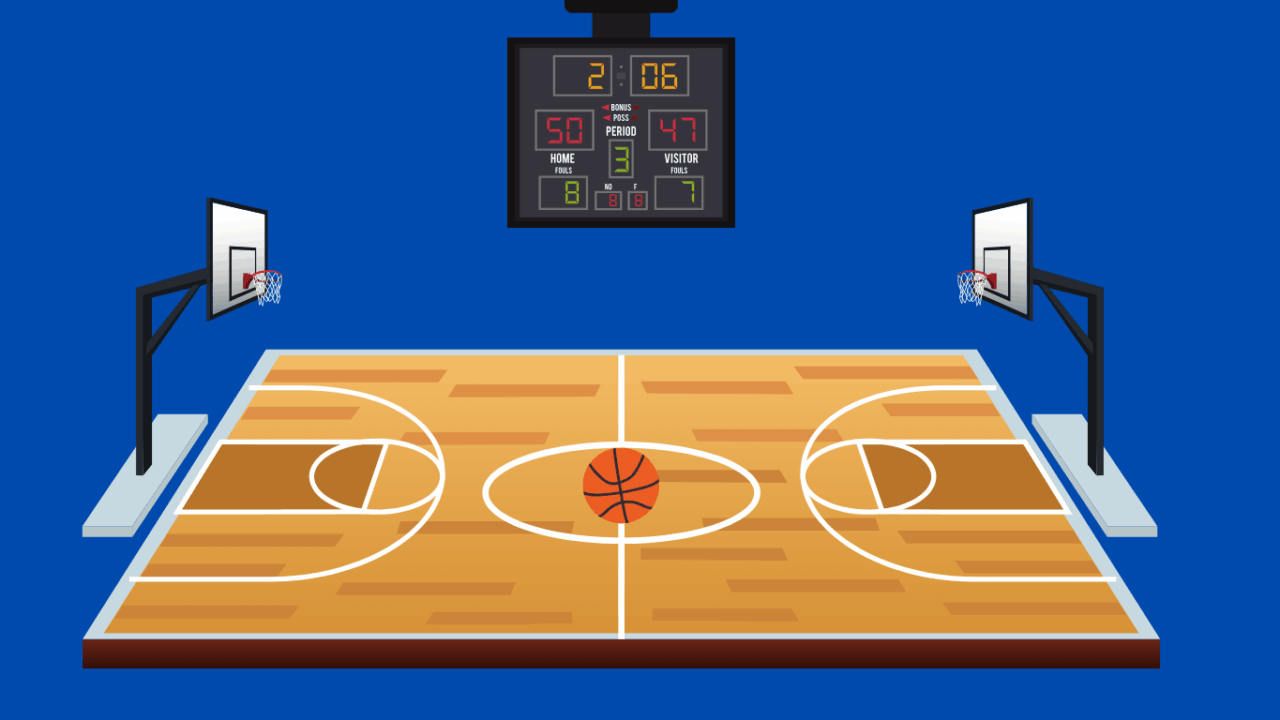Q&A: How Brands Can Avoid Pitfalls in Their Olympic Advertising

During the Paris Olympics, several brands successfully leveraged internal or outsourced expertise to create compelling Olympic ads. The advertising spend for the Paris Olympics reached a record-breaking $1.25 billion, reflecting the varying success of brand campaigns in adapting to emerging trends such as the increased viewership of women’s sports. The significance of effective advertising in today’s competitive landscape was highlighted during this period.
In the aftermath of some of the most impactful brand campaigns, there was a keen interest in understanding the recipe for the perfect advertisement and how to assemble the team responsible for creating it.
AdBuzzDaily recently interviewed Marie Lamonica, Director of Creative Strategy of We Are Rosie, to discuss the process of building an exceptional advertising team, creating effective campaigns that resonate with a brand’s audience, and potential pitfalls in the creative process.
This interview has been lightly condensed for clarity.
Which Olympic ads from this year’s Paris Games have stood out to you from a brand perspective, and what made them effective?
Coca Cola. They read the room and clearly understand what consumers are craving right now—especially considering the upcoming US election and heightened political tension. People want to indulge in fun, healthy competition. They want to cheer hard for their country, and yet feel compassion and warm hearted in the camaraderie of sport.
What key factors should brands consider when selecting a creative advertising team that can accurately capture and resonate with their audience’s cultural values?
Hire (either as full time or freelance) a team that [IS] the audience. Who better to speak to the target audience than creatives who are from that audience? They understand the cultural nuances, so you don’t have to worry about stereotypical or tone deaf portraits of the community. Plus, they may play on not-as-known attributes in ways that resonate authentically and set your brand apart.
Can you discuss any critical errors you’ve observed in recent Olympic ads and what steps could be taken to avoid such pitfalls in the creative process?
Some of the misses in this year’s Olympics campaigns came from being tone deaf or missing greater context. The best way to avoid those kinds of pitfalls is to have diverse thinking and different backgrounds on your creative team, and to avoid using the same team for every campaign. Fresh thinking and different points of views are essential for delivering ads that hit the right notes, especially on a global stage.
How can brands ensure that their advertising campaigns align with their mission while also culturally resonating with a diverse global audience during major events like the Olympics?
It’s about casting the right team for the campaign—a team that firmly understands and believes in the mission, and includes representation from a global audience across all aspects of the project, from strategy to creative concepting, execution to delivery. You need these diverse voices in the room at every stage of the campaign. And better yet, give them the authority to speak up and offer viewpoints from their cultural associations.
What strategies do you recommend for brands looking to double down on their mission in their Olympic advertising while ensuring that their message remains impactful and relevant to their target audience?
Be clear and get the team aligned on the priority of messages and the purpose of the campaign. Ensure that this priority remains top of mind throughout the creative process. If the #1 objective of the campaign is to drive awareness based on the mission, don’t muddy the waters by adding additional messages or benefits that could distract from this core objective. Judge the creative based on the initial objective. The worst-case scenario when trying a new strategy is judging the results on something other than what the campaign set out to achieve. A new approach can be unnecessarily deemed a failure if not evaluated on the main objective of the brief. Always build the team with the target audience in mind. If you’re advertising to a global audience, ensure you have global perspectives on the team creating that advertising.





